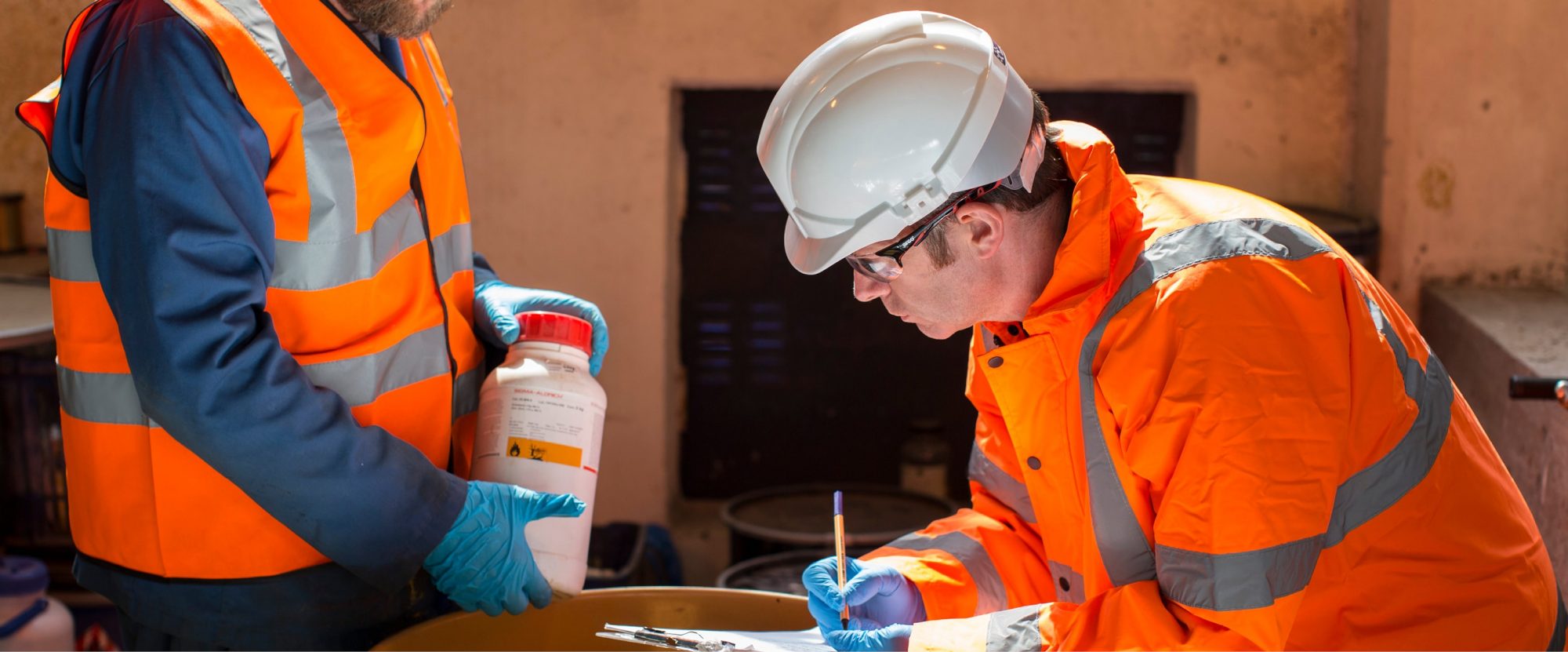Safe Equipment
30 May 2019 by CSG Press Office

As you probably know, we take our Health & Safety responsibilities very safely, here at CSG. In April 2018, we held our inaugural ‘Health & Safety Week’, an initiative we repeated this year. As part of our developing focus, we’ve decided to turn this very broad topic into four more clearly defined categories: Safe Processes, Safe Equipment, Safe Environment and Safe People. Concluding the series, we’ll investigate what is covered by the Safe Equipment element of our policy.
Safe Equipment
You’d think it might be a simple job to determine the safest equipment necessary to perform a task. On one level, it is. When faced with a simple choice of having a piece of equipment to perform a specific task, it’s fairly straightforward to decide that it becomes a standard requirement of the job.
Things can get slightly more complex when the task is less specific or the environment less controlled. For example, ensuring that PPE (Personal Protective Equipment) is worn at designated parts of a treatment facility is relatively simple to enforce when any infringement happens in full view. It’s not always as simple to achieve compliance when there’s no-one around to watch.
This was the situation that Kevin Mooney, our Health & Safety Manager faced, recently, when he investigated incident reports involving manhole covers. Despite the fact that tanker drivers had access to a device to help them safely remove them, the equipment didn’t seem to be entirely preventing injuries. Naturally, the matter required closer attention.
“I found the manhole cover-removing device that we affix to our tankers was quite heavy and difficult to manoeuvre, which led to it becoming almost a safety risk in its own right. The incidents naturally arose as some operators had decided not to use it – leading to minor injuries from removing manhole covers by lifting them with the conventional handles.”
It was clear that a different, lighter device was necessary, something that was easy enough to use that it would become the most obvious, most preferable way for anyone to do the job. Kevin knew he had to source an alternative.
“We thought we’d found a better version, which was lighter and could be lifted onto the truck much more easily but unfortunately, during testing, we bent it while lifting a stuck cover.”
The answer was to amend the design of the newer model slightly, to give it both the strength and lightness Kevin required. Only then, could it be useful and user-friendly enough to be trusted by all operators to do the job better than the more strenuous ‘traditional’ method.
In the end, a simple modification, borne of a fair degree of management time and attention has led to a better solution – and one which should further improve our safety standards. Also, with the development of the equipment being visibly driven by management, it further encourages a safetyfirst culture, which is vital to gaining universal compliance.
The same can be said of another of Kevin’s projects: a remote control unit for a device that jets water into a channel and uses the power of the water to propel itself along. Described as a ‘bombjet’, it could only have its water supply turned on by someone stood by the tanker, which meant that a single operator would always have to leave it unattended when turning it on. A remote control unit will ensure that the device can be better controlled at the moment of ‘launch’, avoiding
accidental damage before it happens.
Such instances allow Kevin to warm to his theme: “Proactive measures are always better than reactive ones. Preventing incidents rather than just seeking to reduce them is a sign of a journey to a positive safety culture. Equipment will always help us achieve better safety but it has to be the right equipment and it has to be so easy and effective that there’s no way it won’t be used in all circumstances. Simply put, the more that the right safety equipment can be used, the safer people are.”
